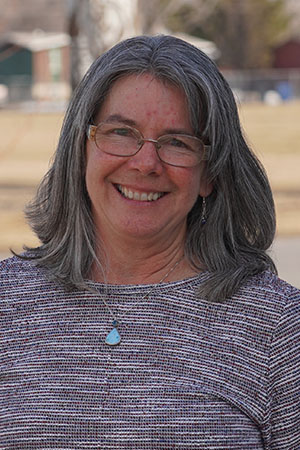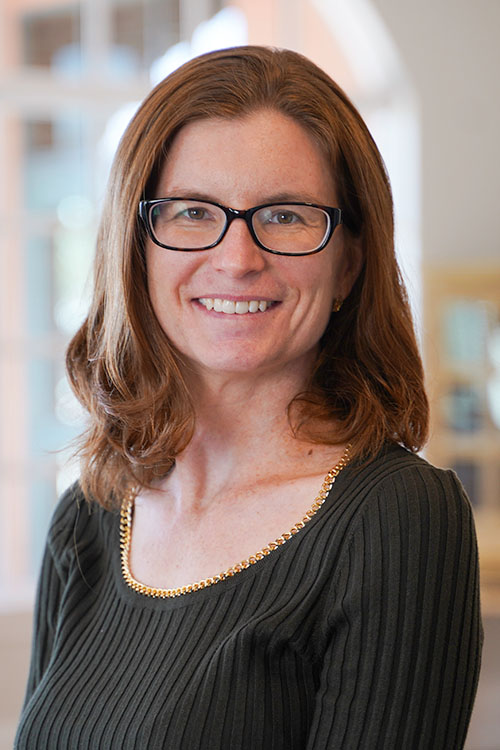Opioid Fast Facts for Parents

Q: Are opioids and opiates the same thing?
Answer:
They sound similar but there is a difference. Opiates, such as morphine, heroin, and codeine, are opioids from natural plants. Opioids can be natural (e.g., heroin), semi-synthetic (e.g., oxycodone), and synthetic (e.g., fentanyl) (Centers for Disease
Control and Prevention, 2021).
Q: Opioids are known for relieving pain, but what are the risks?
Answer:
Opioids bind to receptors in the brain that help relax the body and dampen pain signals. In addition to lessening pain, opioids can also make a person feel relaxed, euphoric, and “high,” but can also cause more unpleasant side effects, including dizziness, constipation, nausea, and slowed breathing (National Institute on Drug Abuse, 2021). When there are too many opioids in a person’s body, an overdose can occur when breathing slows down too much. In 2019, 12 people in Utah died every
week from an opioid overdose (Utah Department of Health, 2021).
Q: My doctor wants to prescribe my child opioids. Should I decline?
Answer:
In a small percentage of cases (less than 1%), prescription opioid use among youth may lead to opioid-related health problems like overdose, but there are things you can do to ensure safe opioid use for you or your child (Hadland et al., 2021). Opioids can be safely prescribed for people under 18 for things like surgery or major injuries. It’s important to ask the prescribing doctor about the risks and any alternatives to opioids such as heating pads, ice packs, or over-the-counter pain medications. Here are some example questions to ask a healthcare provider about pain relief (Shatterproof, n.d.):
- Do most patients experience low, moderate, or severe pain after the procedure?
- What are some non-opioid ways to treat my child’s pain after the procedure?
- If we have unused opioid medication, where can we safely dispose of it?
Q: Are there ways I can prevent opioid misuse in my family?
Answer:
Opioids are the most commonly misused drugs for Americans over age 14, after tobacco, alcohol, and marijuana (National Institute on Drug Abuse, 2020). Prevention has two key elements: risk factors and protective factors. A risk factor is a biological, psychological, family, or community characteristic associated with a higher likelihood of negative outcomes. Protective factors are those characteristics that can reduce the negative impact of a risk factor or lower the likelihood of a negative outcome (Youth.gov, n.d.).
Q: How do I build protective factors for my family?
Answer:
Strong family connections are built on letting your child know that you value their safety while giving them tools to make healthy decisions. Help your child build healthy coping mechanisms like meditating, establishing boundaries, and asking for support. Create a shared family time where your child has your full attention and can feel connected to you and feel comfortable discussing any problems they may encounter (Substance Abuse and Mental Health Services Administration, n.d.).
Q: How can I prepare for an emergency?
Answer:
Emergencies can be stressful, so it’s important to have a plan ahead of time. Put the Utah Poison Control number in your family phones: (800) 222-1222. If anyone in your household is taking prescription opioids or using illicit opioids such as heroin, be sure to have naloxone (Narcan®) in your house. Naloxone can safely reverse an overdose for a short time in order to access emergency services. It is available from your pharmacy, physician, or health department. Overdoses are the number one injury cause of death in Utah, so it’s important to be prepared (Public Health Indicator Based Information System, 2021).
References
- Centers for Disease Control and Prevention (2021). Commonly used terms. U.S. Department of Health and Human Services. https://www.cdc.gov/opioids/basics/terms.html.
- Hadland, S. E., Bagley, S. M., Gai, M. J., Earlywine, J. J., Schoenberger, S. F., Morgan, J. R., & Barocas, J. A.
(2021). Opioid use disorder and overdose among youth following an initial opioid prescription. Addiction. - National Institute on Drug Abuse (2020). Prescription drugs. National Institutes of Health, U.S. Department of Health and Human Services. https://teens.drugabuse.gov/drug-facts/prescription-drugs.
- National Institute on Drug Abuse (2021). Prescription opioids drug facts. National Institutes of Health, U.S. Depart-ment of Health and Human Services. https://www.drugabuse.gov/publications/drugfacts/prescription-opioids.
- Public Health Indicator Based Information System. (2021). Health indicator report of drug overdose and poisoning incidents. Utah Department of Health. https://ibis.health.utah.gov/ibisph-view/indicator/view/PoiDth.html.
- Shatterproof (n.d.). 12 questions to ask your doctor before taking opioids. https://www.shatterproof.org/sites/de-fault/files/2018-06/12-Questions-Before-Taking-Opioids.pdf.
- Substance Abuse and Mental Health Services Administration (n.d.). Talking with your child about opioids: Keeping your kids safe. https://www.samhsa.gov/sites/default/files/opioid-brochure_military-r14f_508c.pdf.
- Youth.gov (n.d.). Risk and protective factors. https://youth.gov/youth-topics/youth-mental-health/risk-and-protec-tive-factors-youth.
Utah State University Extension
Peer-reviewed fact sheet
Download PDF
Authors
Tim Keady, Paige Wray, Katie Zaman, Gabriela Murza, Gabriel Glissmeyer, Elizabeth Elsmore, Maren Wright Voss, Suzanne Prevedel, and Sandra Sulzer
Related Research





